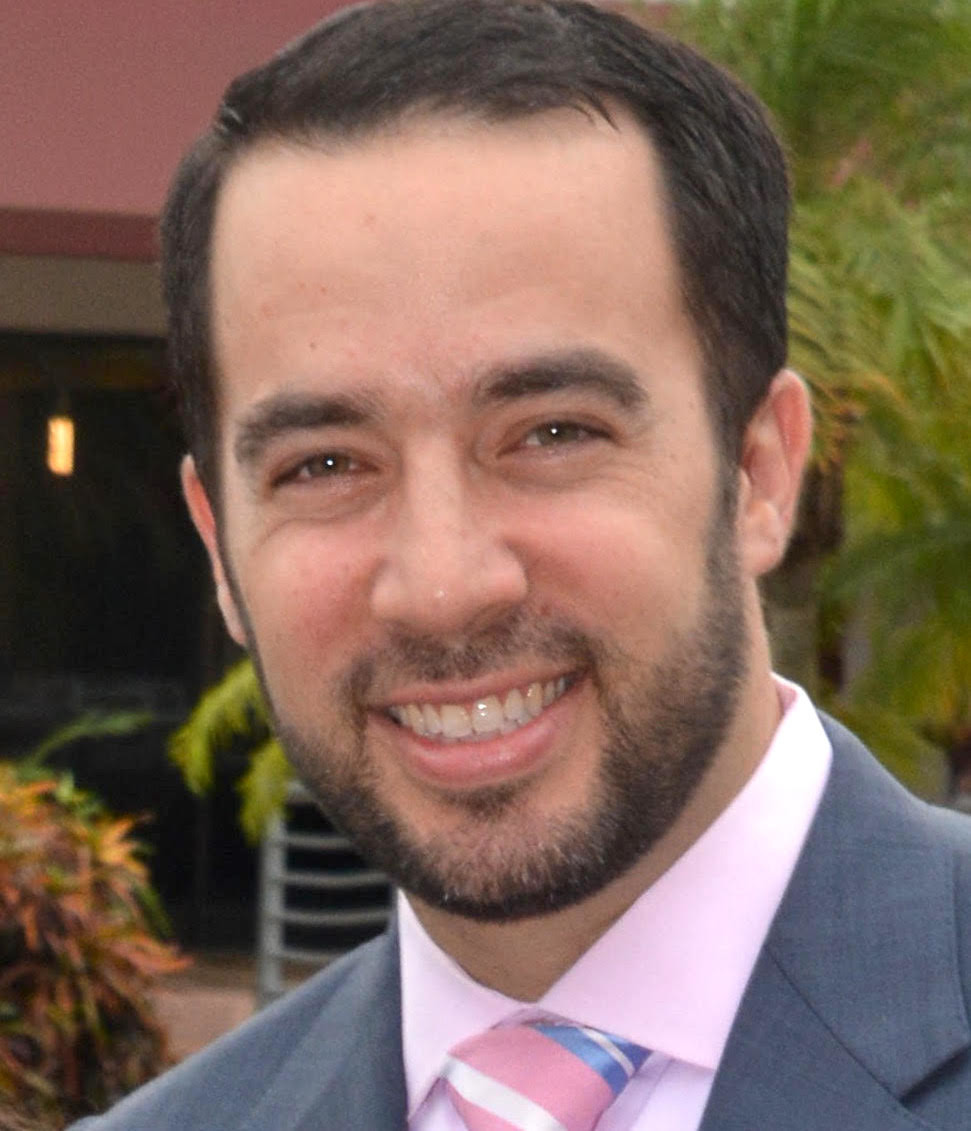Learning all the mitzvot at Sinai
The last verse of the Tochacha (Rebuke) of Chapter 26 in Bechukotai says the following: “These are the decrees, laws and codes that G-d set between Himself and the Israelites at Mount Sinai through the hand of Moshe” (26:46).
Anyone who paid attention last week probably recalls that the opening verse of Parshat Behar noted that the teachings following were all taught at Sinai. Rashi, quoting the Midrash, famously noted that just as the details of the Sabbatical year were taught at Sinai, details of all mitzvot were taught at Sinai.
One of the great commentaries, the Ohr HaChaim, questioned why Rashi needed to make such a pronouncement, when the statement could have been made regarding any mitzvah! Why was shemittah specifically isolated as the mitzvah whose details demonstrate that all mitzvot were taught at Sinai?
His answer focuses on the first half of the verse, which discusses what happens when the people come to the land — a common theme in Vayikra, to not live like the land’s Canaanite inhabitants or like their former Egyptian masters.
More pointedly, however, is the last verse in Chapter 26, as noted above, which seems to say the same thing as the opening verse in Behar, but much more broadly! Midrash Aggadah even makes the exact same comment that Rashi does in Behar: that the laws of the Torah, with all of its details, were taught at Sinai.
As the Ohr HaChaim noted, we don’t need to attach this sentiment to a specific mitzvah. It stands alone, and is perfectly fine remaining in generic territory!
Rashi’s grandson, Rabbi Shmuel ben Meir (Rashbam), connects the two ideas, noting that the Tochacha had a relatively heavy emphasis on shemittah, suggesting that exile, rebuke, curses, drought, are connected both to shemittah and to Sinai.
Most fascinating to me is the insight of Rabbi Moshe Alshich, who suggests that the verse in question (26:46) should really be the final verse in the Torah. Let it not be lost upon us that the method through which the Torah and its laws were given were “through (in) the hand of Moshe!” In other words, while most people are subject to forgetting, the Torah is indicating to us that the way Moshe received and absorbed the rules and laws of the Torah were through a kind of osmosis we can’t relate to. Even were others to forget, Moshe would not.
Thus the verse belongs here, at this time, while Moshe is very much alive, while Moshe is very much 80 or 81 years old, so the people can see and realize that he is available for consultation, for clarification, to teach another class, to give over more information — that he is at the ready to answer questions for those who seek to understand.
We know that Moshe lives another 39 years or so only with the benefit of 20-20 hindsight, and we know the rest of the tale.
It is worth asking ourselves how seriously we take the role of Moshe in our day-to-day behavior. Not just in terms of considering the words of his warning to us in this parsha, though that is certainly important, but how we take the rest of the Torah, both what is written in the Torah itself, and what is given to us through the Oral Torah (Rashi on this verse notes how the verse refers to both the written and oral traditions).
In the Ani Maamin list, principles 6 to 9 reference the concept of prophecy and the Torah as being true for all time, while 7 and 8 specifically mention Moshe as the greatest of prophets and the giver of the Torah we currently have, in the format in which we have it.
Do we care about all the mitzvot? Do we pick and choose which ones work for us? Do we know the rules of lashon hara, for example, about which the Maharal of Prague, in his teshuvah drasha of 1684 said is the worst of all sins a Jew could commit?
One of my favorite teachings of the Chafetz Chaim is this: “The Rishonim have written that if these sins [of baseless hatred] had the power to cause a standing edifice to be destroyed, then certainly their continued presence [among the Jewish people] will prevent a new Temple from being built … To our misfortune, even those who have an understanding of Torah law do not accord these sins the severity of other sins.
“It is written that a single congregation which is meticulous in maintaining peace amongst itself can merit bringing the Messiah. Thus, the coming of Messiah is in our hands. It is well known that true peace is impossible without zealousness in avoiding sinas chinam and lashon hara. Every person who will strive to correct these sins will have a share in the building of the Third Temple, for without such people the Temple would remain destroyed forever, heaven forbid.”
Who was the greatest advocate of Jewish unity in the Torah? Unquestioningly, Moshe. (Pirkei Avot teaches of Aharon’s role in playing peacemaker between individuals.) Whenever there was a question of destroying the nation on account of the sins of a few, Moshe stood up to G-d and said, “They are all my people.”
I am fearful that in the disunity we see in some areas of Jewish life, we are forgetting the most important lesson of Moshe Rabbenu, and we are guilty of what the Chafetz Chaim warned against — preventing the Temple from being rebuilt.

 69.0°,
A Few Clouds
69.0°,
A Few Clouds 




